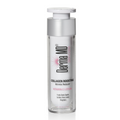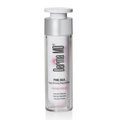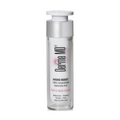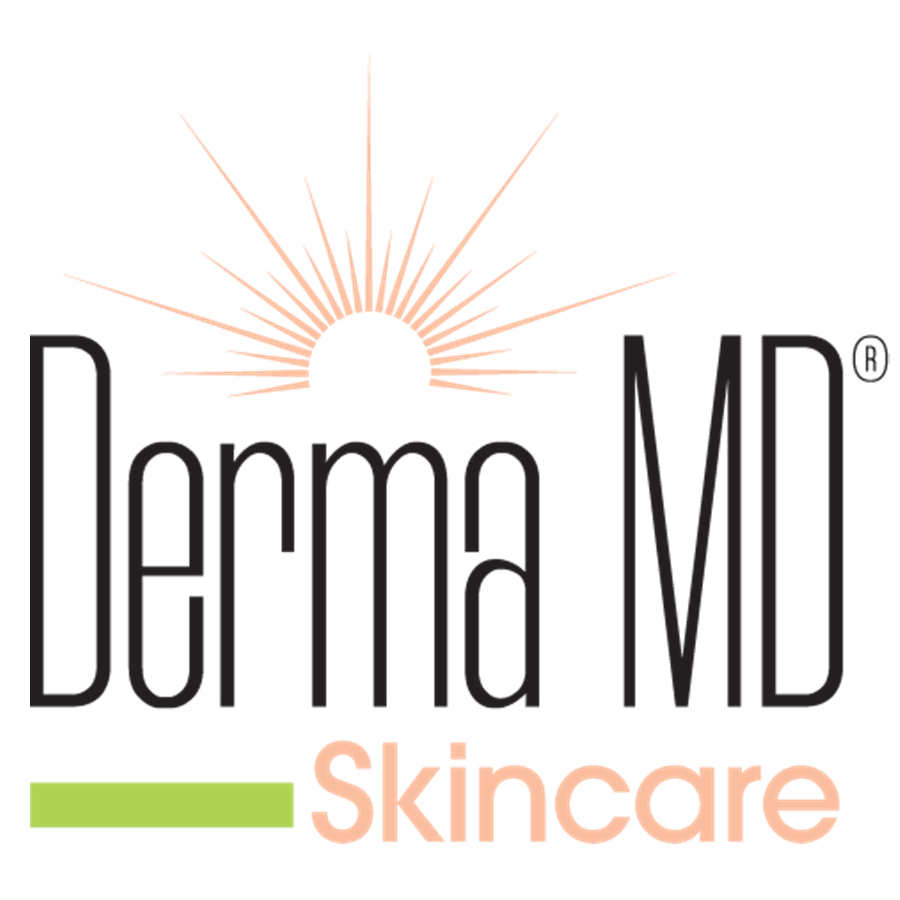Common Skincare Myths You've Been Falling For
MYTH #1 – Eye creams are unnecessary; it’s just a ploy to get you to buy extra products. Using your regular facial moisturizer as an eye cream is just fine.
The Truth:
No, it’s not. The area under and around the eyes is 6 times thinner than the rest of the face. Using “regular” face creams around the eyes leads to congestion, irritation, inflammation, and milia (small, hard, white, keratin-filled bumps). This delicate area of the face is where fine lines appear first, so having a specialized eye cream is a must after about age 25.
Eye creams are formulated with ingredients that can penetrate properly and be active without irritating the sensitive eye area. Since this delicate skin can only absorb a small amount (of anything), only use a pin-head size amount per eye (and always avoid the eye lids).
MYTH #2 – Thinking that "more is better."
The Truth:
When it comes to your skin, more is actually worse…too much washing, too much cream, too much exfoliation, too much “skin tightening”, too much retinol or too many anti-oxidants and too much Botox and/or Filler (obviously!) can totally damage, disrupt or cause mayhem to your skin!
So what should you do?
Generally…PREVENT & PROTECT in the morning; CORRECT & REPAIR in the evening.
AM: cleanse gently; use only as much moisturizer as needed and follow protocols outlined by a skincare professional. Use anti-oxidants (but do not apply too much as ‘un-used’ antioxidants become oxidizing agents!). Use SPF DAILY after serums and creams and before makeup.
PM: cleanse gently; use retinoids (and ‘correcting/repair agents’) at night starting with
2-3x/per week and gradually increase as per skin tolerance.
MYTH #3 – Thinking that what you eat will only affect your body weight, not your skin.
The Truth:
In fact, what you eat shows directly on your face! Eating too many sweets and fatty food will leave your skin looking unhealthy, dull, congested, irritated, and inflamed. A healthy diet is very important for healthy, radiant, younger looking skin.
Rumor: Junk Food Causes Acne
Reality: “So far, no studies have shown a direct correlation between junk food and breakouts or acne,” says David Bank, a dermatologist in Mount Kisco, New York. And many other dermatologists interviewed agree with Dr. Bank. However, links have recently been made between the consumption of high-glycemic foods (typically foods that contain refined sugars) and breakouts among people who are acne-prone.
Why? Inflammation is known to aggravate acne, and high-glycemic foods (such as sugar, white rice, sweets, and sugary drinks) can raise blood sugar and insulin levels quickly, leading to inflammation.
And though dark chocolate may in fact offer multiple health benefits, milk chocolate is being called into question as a possible cause of acne.
Researchers have also seen links between consuming dairy products and increased flare-ups of acne in those with acneic or problem skin.
MYTH #4 – Thinking that you can get rid of Cellulite (with creams, treatments or liposuction!)
“No cellulite fix is permanent,” says Howard Sobel, a dermatologist in New York City. Some products and/or treatments might minimize the look of cellulite, such as creams that contain caffeine or aminophylline (which helps break down fat cells), or massaging devices that “iron out” fat cells somewhat so that they don’t appear as noticeable. However, these remedies last, at best, a few months. “Even liposuction, which removes excess deep-fat deposits, doesn’t necessarily improve the surface of the skin to the degree where the dimpled effect is invisible,” says Sobel. There is, however, a ray of hope: Cellulaze, a laser treatment that cuts the little vertical bands under the skin that are attributed to the dimpling effect and smooths them out. The treatment recently received clearance from the U.S. Food and Drug Administration (FDA) for treating cellulite long-term, says Barry DiBernardo, a plastic surgeon in Montclair, New Jersey, and the lead clinical investigator of the FDA trials of Cellulaze. But it doesn’t come cheap. The cost can run from $3,000 to $8,000 for the one session that you’ll need.
MYTH #5 – Thinking that after a while, your skin ‘gets used’ to products.
It depends on the active ingredients, says Grossman: “Your skin does acclimate to vitamin A derivatives, such as retinols, and prescription retinoids, like Retin-A, Differin, and Tazorac.” (For this reason, the best protocol is to start on milder forms or lower doses of the derivatives, then increase the intensity incrementally.) However, this is not the case with antioxidants, moisturizers, or peptide products (peptides are amino acid chains that are increasingly being added to creams and serums because they have been shown to stimulate collagen production and improve cell function.)
Still, improvements might plateau because you’ve reached a product’s capacity for change. If so, you may need to choose a stronger product, try different active ingredients or a different combination of actives, or add a “boosting” agent (or treatment) for improved penetration.
Always seek the advice of a skincare professional for safe and effective results (and so you don’t aimlessly keep “trying” various products and regimes which could potentially wreak havoc on your skin!)







